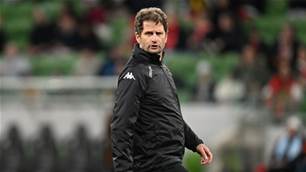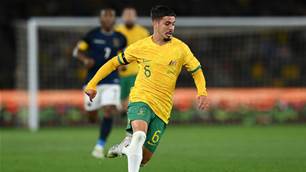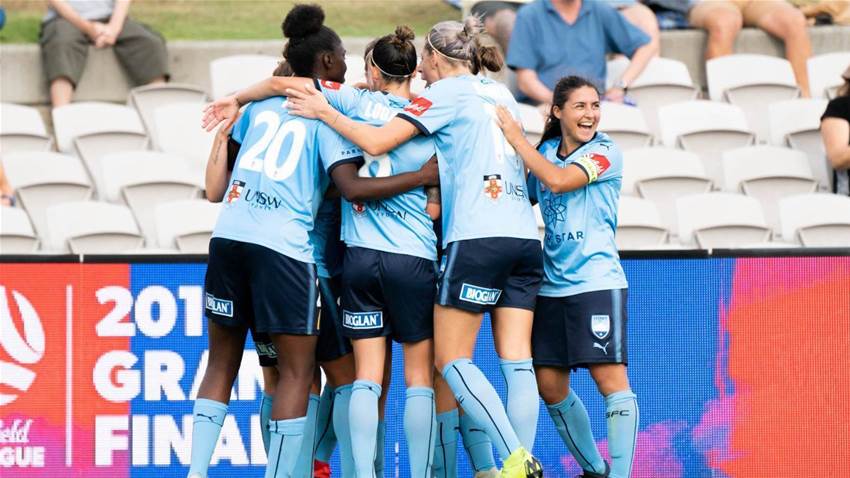Sydney FC captain Teresa Polias knows better than most how difficult it can be for women footballers to make a living while playing the game they love.
“Although a lot of players are full-time now playing professionally, a lot of us aren’t,” Polias said.
“Realistically, it’s going to take a long time for that to phase out. It’s not just ‘oh, the pay has improved, you can stop working now, you’ll be renumerated for what you’ve missed.’ It’s not easy to just drop out of work. It’s going to take a while to hit that level where you don’t have to work or give other things up.”
Thanks to an agreement between FFA and the PFA made in 2017, W-League players now earn a minimum of $10,000, with that minimum is expected to rise to roughly $12,200 next season (excluding scholarship holders).
The average pay rate has jumped from around $6,900 to $15,500 in the last year.
The CBA also included various other benefits including a maternity policy, income protection insurance, health insurance, minimum medical standards, and multi-year contracts.
However, for many players who aren’t able to play football year-round, the improved pay and conditions are still not enough to make ends meet. Polias believes that the “powers that be” have an obligation to improve this financially precarious situation for players, which affects the competition as a whole.
“Without those players, you don’t have a league. You don’t have enough depth. You need those players,” she said.
“With that extra workload, yes, you get more demands from the club, you get paid more and that’s great, that’s what we want. But the flip-side is if you’re not getting that extra sleep [or gym work, nutrition, or recovery time], in the long run it could potentially do harm. Some clubs train during the day, so what do you do if you’re working?”
It’s one of many questions that need answering if the W-League wants to be a viable career path for women footballers.
There are glimmers of change on the horizon, though. FFA CEO David Gallop today signed on to the Male Champions of Change Pathway to Pay Equality campaign, which aims to achieve equal pay among male and female athletes.
What the material outcome of that commitment will be, however, remains to be seen.
Related Articles

'Timing not right': Montemurro's verdict on Matildas vacancy

Tilio eyes A-League return in bid to escape Celtic rut













